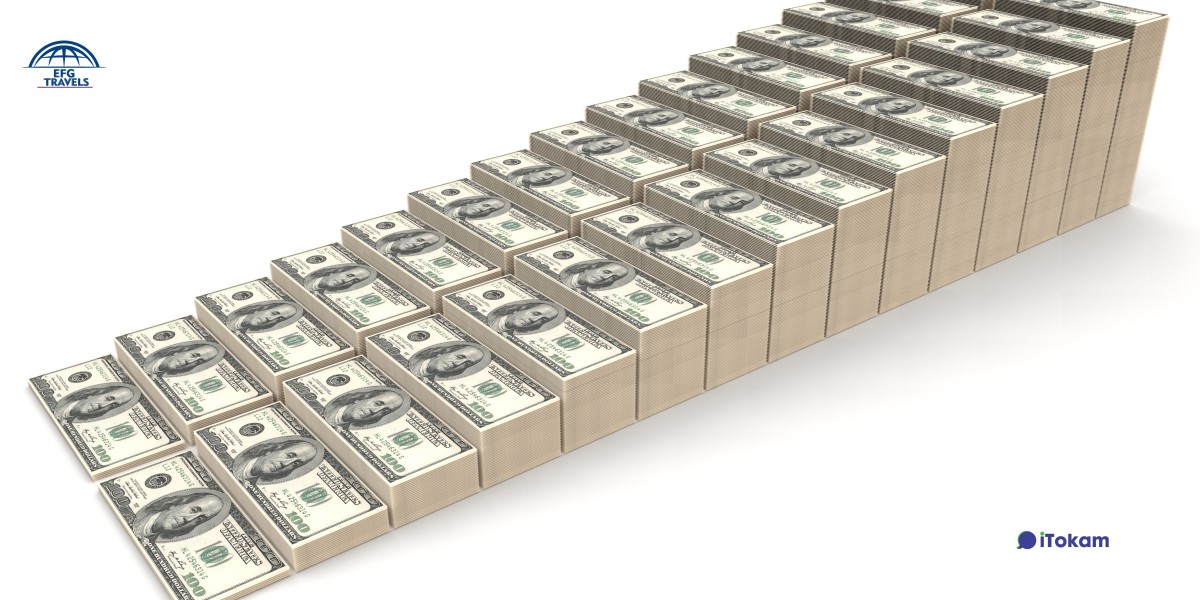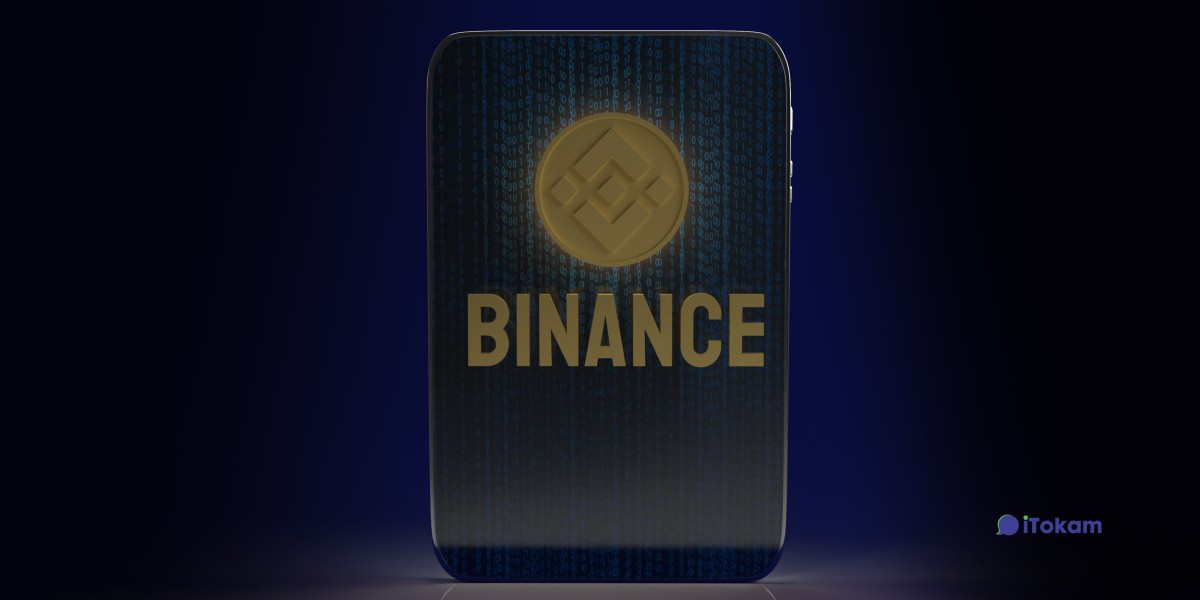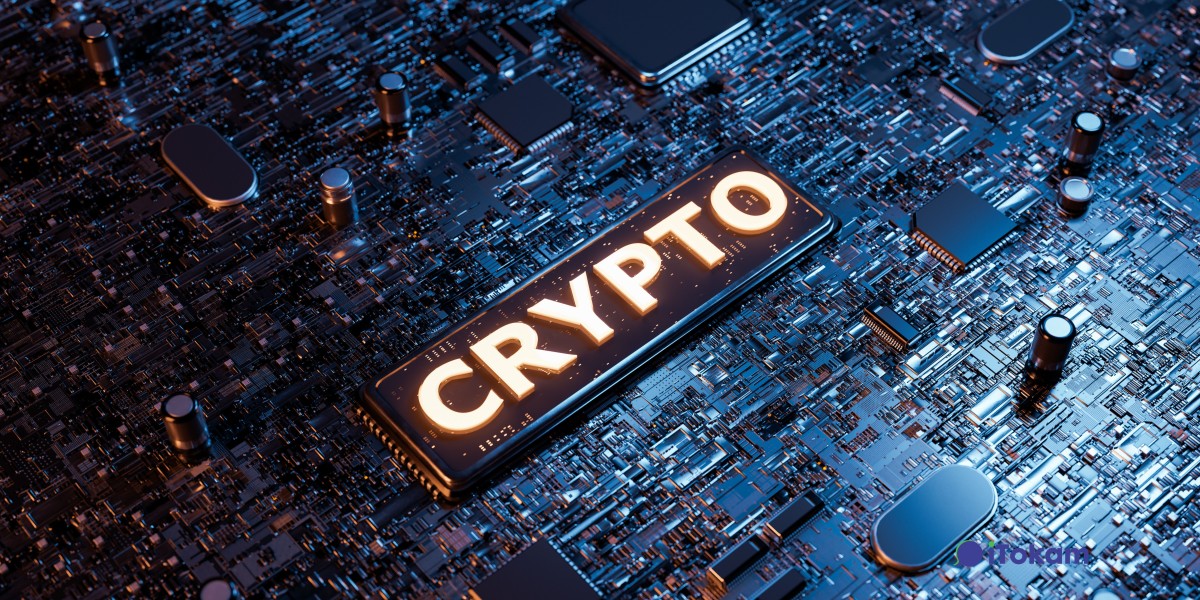Overview
TerraUSD (UST) is a stablecoin that operates on the Terra blockchain. It is designed to maintain a 1:1 peg with the United States dollar (USD), meaning that each TerraUSD token is backed by and redeemable for one USD.
The Terra blockchain is a decentralized blockchain platform that aims to provide stability, scalability, and programmability for various financial applications. It utilizes a dual-token system, consisting of stablecoins and a governance token called Luna (LUNA).
TerraUSD is one of the stablecoins in the Terra ecosystem, alongside other stablecoins like TerraKRW (Korean Won), TerraEUR (Euro), and more. These stablecoins are designed to facilitate efficient and low-cost cross-border transactions, as well as provide a stable store of value.
Read More: What is Pi Network: Exploring A Decentralized and Borderless Cryptocurrency
The stability of TerraUSD is maintained through a mechanism called algorithmic stabilization. This involves the use of smart contracts and an algorithmic central bank called the Terra Protocol. The protocol adjusts the supply of TerraUSD in response to changes in demand, aiming to keep the price of TerraUSD stable.
TerraUSD can be used for various purposes, including remittances, e-commerce transactions, and decentralized finance (DeFi) applications. It can be stored in compatible wallets and traded on supported exchanges.
It's worth noting that while TerraUSD is designed to maintain its peg to the USD, external factors and market conditions can impact its stability. Users should always exercise caution and conduct their research before engaging with any cryptocurrency or stablecoin.
In recent months, USDT, the largest stablecoin in the world, has seen its value soar to an all-time high that it has surpassed $82.3 billion in market cap. Contrary to expectations, Tether has recovered the $20 billion in market value it lost after the TerraUSD stablecoin scandal a year ago.
Need for Openness and Honesty
Tether's chief technology officer (CTO), Paolo Ardoino, says the latest achievement reflects people's aspiration to take charge of their finances. The recent success of Tether, the CTO said, was made possible by the public's desire for greater control over their own money.
Tether has gained a respectable image as a responsible business capable of swiftly navigating market volatility thanks to its unrelenting commitment to industry-leading transparency procedures and track record of enduring resilience.

Customers are reacting to the stablecoin's effect on their regular monetary transactions. Tether and other prominent stablecoins saw significant declines in market value during 2017's choppy market.
Worried investors decided to sell off their holdings, exacerbating the slide. Tether has recovered the value it lost last year, but other stablecoins have not done as well.
Consider USD Coin (USDC) as an illustration. According to Coingecko, the company's market valuation has dropped from a high of over $56 billion to its current level of roughly $29. According to data collected by Kaiko, more than half of all trades executed on centralized exchanges involve Tether, demonstrating the platform's preeminence and widespread acceptability within the cryptocurrency trading industry.
The amazing recovery of Tether's market value after its problems last year signals a watershed moment for stablecoins and the cryptocurrency industry as a whole. This success solidifies stablecoins' place in the cryptocurrency ecosystem and further enhances Tether's standing as a dependable and robust player.
Fed's CBDC Test To Be Stopped By US Lawmakers
Meanwhile, there's been a lot of talk about the growth of the CBDC (digital currency issued by the US central bank). The asset's detractors point to the increased government surveillance that results from this feature.
As a result, some Republican lawmakers in the United States are trying to block the widespread use of CBDCs in the country. On Tuesday, May 30, Representative Alex Money introduced legislation to prohibit a pilot test of the CBDC by the Federal Reserve.
Concerns about potential restrictions on individual liberties in the United States have been heightened in light of the proposed legislation. To ban the Federal Reserve from launching, participating in, or endorsing any pilot programs related to testing a potential CBDC, lawmakers have introduced the Digital Dollar Pilot Prevention Act.
Read More: Central Bank Digital Currency: 7 Banks Issue Paper on Implementation
Fourteen more Republican members of the House have indicated their support for this legislation, which would slow down the Federal Reserve's CBDC testing program. There was some worry among the bill's supporters that the introduction of digital currency would usher in an era of totalitarian state control and ubiquitous surveillance.

CBDC proponents, on the other hand, claim that the technology has the potential to streamline financial transactions and provide access to banking services for those who currently lack them. Federal Reserve Chairman Jerome Powell has stated that conversations about the creation of a Central Bank Digital Currency (CBDC) are still proceeding despite resistance from legislators.
The central bank is now in the exploratory phase of its research and development process. According to Powell's comments, the Federal Reserve is proceeding with caution as it weighs the pros and cons of implementing a CBDC.
Meanwhile, China has introduced the digital yuan for retail transactions and various other jurisdictions have made progress on international CBDC projects. If China's CBDC is implemented successfully, it will affect the global monetary system and the future of fiat money.
Regardless of the outcome of the United States CBDC proposal, many believe the action will reshape the worldwide perspective on cryptocurrencies.
Conclusion
In conclusion, TerraUSD (UST) is a stablecoin operating on the Terra blockchain with a 1:1 peg to the United States dollar (USD). It is part of the Terra ecosystem, which aims to provide stability, scalability, and programmability for financial applications.
TerraUSD utilizes algorithmic stabilization to maintain its price stability by adjusting its supply based on demand. This makes it useful for cross-border transactions, remittances, e-commerce, and decentralized finance (DeFi) applications.
However, it's important to keep in mind that external factors and market conditions can affect the stability of TerraUSD. As with any cryptocurrency or stablecoin, users should exercise caution, conduct thorough research, and understand the risks involved before using or investing in TerraUSD.





Jonah Ekeh 40 w
Ok